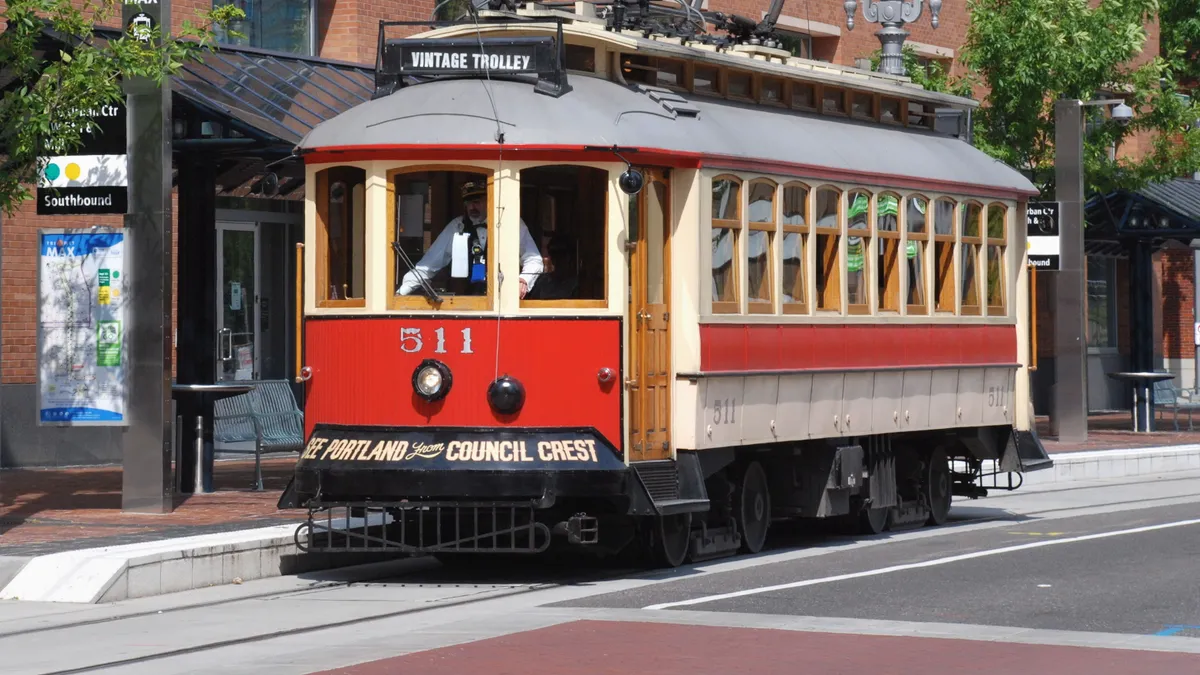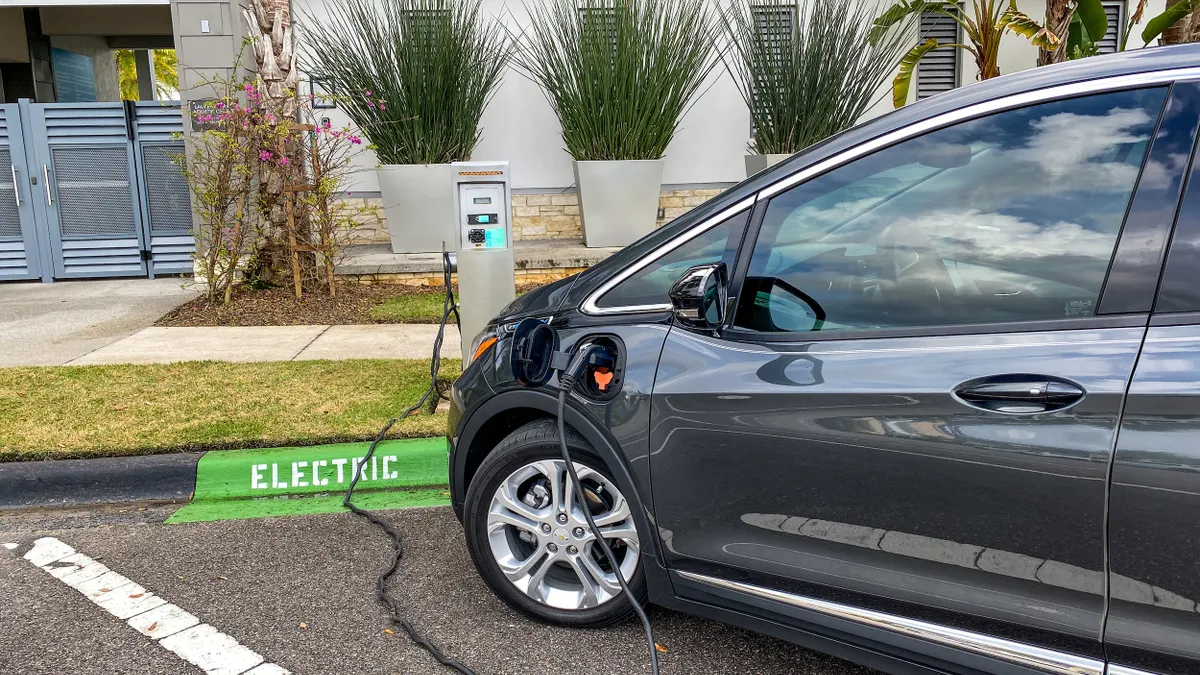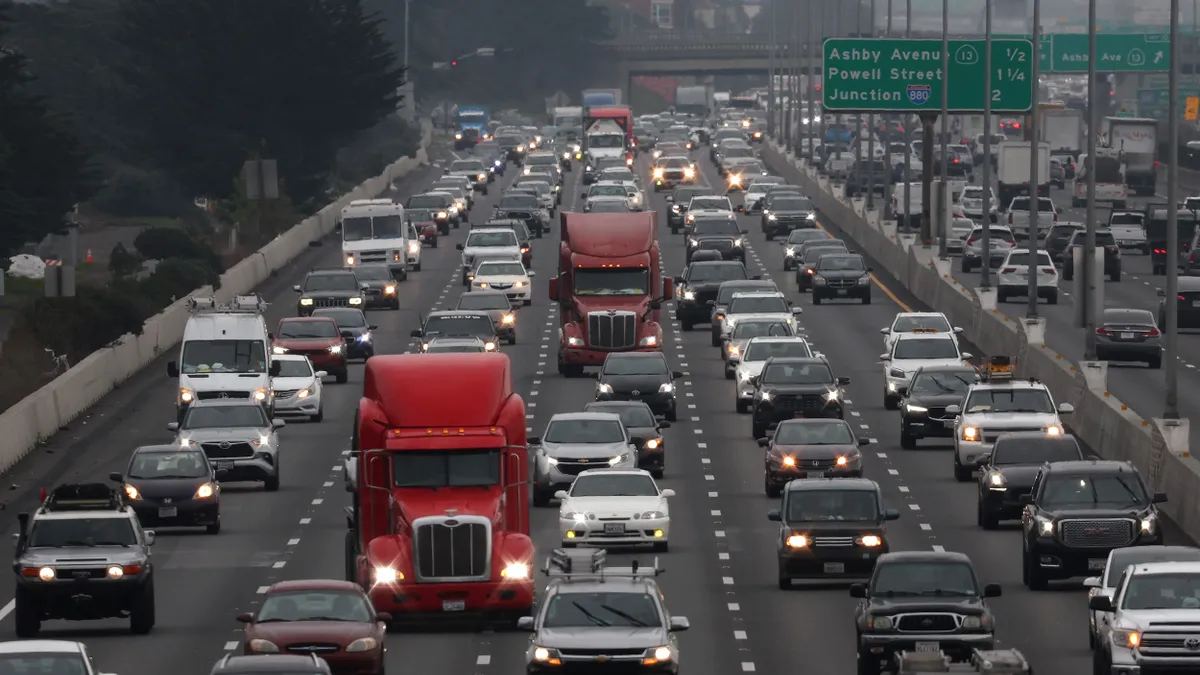While the past decade has brought new transportation innovations like ride- and bike-share, everything old is new again in one niche transit sector. Cities across the country are increasingly embracing transit of yore as they fuel a streetcar resurgence.
"People forget how ubiquitous they were. They were the golden age of transportation and transit and ridership," said Art Guzzetti, vice president of policy for the American Public Transportation Association (APTA).
But these aren’t your grandpa’s trolleys going "clang, clang" as they as they chug down the street. In fact, using the term "trolley" instead of "streetcar" is a sure way to raise the ire of many transportation experts and city planners. The modern electric streetcar lines are viewed both as zero or low-carbon footprint transit and economic development drivers.
"A lot of the [modern] streetcar projects weren’t necessarily sponsored by transit systems, but by the cities themselves because the city was looking to broader benefits beyond mobility,” Guzzetti said. Streetcar lines provide "economic benefits and placemaking, creating that sense of vitality in your community." Plus, a streetcar "stops right in front of your business ... it’s not underground or separated by a right of way" like subways or bus rapid transit lines.
Perhaps Portland, OR led the new charge toward streetcars when it opened its system in 2001. It was soon followed by others like the heritage streetcar opening in Little Rock, AR in 2004 and Seattle’s streetcar in 2007. In the past four years alone, dozens of cities — including Detroit, Dallas, Oklahoma City, Milwaukee and El Paso, TX — have opened or started construction on streetcar lines, and others are contemplating the concept.
Criticisms and cancellations
Despite the excitement over this trendy transit’s ability to enliven and grow city centers, streetcars also have amassed plenty of controversy. Two main sticking points are the high costs of construction and ongoing operations compared with other transit, and that construction requires tearing up roads to install tracks. Cyclists and advocates for residents with limited mobility especially focus on the latter, noting the ease with which the tracks can trap or trip bicyclists, wheelchair users and those who use canes or other assistive walking devices.
Cost and funding present the largest concern, as evidenced by pushback on many streetcar projects, including relatively new lines in Washington, DC and Atlanta, and the soon-to-open system in Milwaukee. Four years ago, leaders in the DC suburb Arlington, VA suddenly scrapped their two planned streetcar projects due to public outcry over costs and questions about real-world benefits. Numerous Ft. Lauderdale, FL leaders have raised similar concerns about their city’s proposed streetcar and the future of that project is in question.
Seattle already has streetcar lines and recently had been looking to create a new connector between two existing ones. But Mayor Jenny Durkan last month halted the connector project because of cost overruns, and she ordered an independent review.
Seattle City Councilmember Lisa Herbold, a longtime proponent of re-examining streetcar costs and funding, applauded the mayor's decision. She pointed out that the project's cost overruns are simply for the construction portion and that supplemental operational funding would be necessary if ridership, and therefore fare revenue, falls short of projections.
"The resources earmarked for streetcar construction and operation that are eligible for other transit investments would be much more wisely spent on buying more Metro service," Herbold told Smart Cities Dive. "Use of Metro is on the rise — people want to take the bus and we can’t add service fast enough to meet the need."
APTA's Gazzutti says Seattle is "a very transit-oriented city" and "their ridership is good," but that halting the streetcar project doesn't necessarily mean it won't eventually move forward, or that it signals that U.S. cities are falling out of love with the streetcar concept. "Every project should be looked at to make sure it maximizes cost efficiency," he said.
Although the federal government doesn't cover all of a city's streetcar costs, it has heavily invested in that form of transit over the past decade. "The Federal Transit Administration changed their criteria to be more holistic" about cities' transit discussions, "to talk about the economic development and placemaking and ability [of streetcars] to shape the city," he said.
Setting realistic expectations
Measuring streetcar systems' success first requires pinpointing goals and expectations for what it will bring to an area. Each city has a unique personality and the needs a streetcar could meet aren't identical in every situation. Herbold advises other leaders to be honest about the city's objectives.
"Is it an economic development strategy or a transit strategy? If it’s a true transit strategy then the question is whether the investment will result in maximizing ridership when compared with other transit investments," she said. "If a streetcar does not maximize ridership when compared with other possible transit investments, then I’d suggest the true objective of your city’s proposed streetcar car is not transit, but economic development disguised as transit."
While some argue that it can be both, it's also important to recognize and advertise exactly what transit role streetcars fill. This could address some of the current skepticism about streetcars' transportation effectiveness, such as routes being too short and not providing a widespread, comprehensive transit solution. That was another factor in Arlington's decision to cancel its streetcar; critics said that it couldn't offer the transit upgrades and added capacity that residents along the chosen corridor sorely need.
"Streetcars have their role as more of a circulator type of system" in commercial-heavy areas and not as a long trip option, Guzzetti said. "You have the subway for the densest corridors… light rail for in between... and commuter rails have their role as a longer distance type haul. Each piece has its role."
Modern streetcars largely represent a new twist on an old transit concept, but cities might benefit from scrapping previous impressions and re-framing their entire transportation conversation.
"As we look to these new technology-driven mobility options, they're all going to have a place," Guzzetti said. "But in planning for new transportation we have to think of the vitality of cities because [those are] our country's economic engines."




















